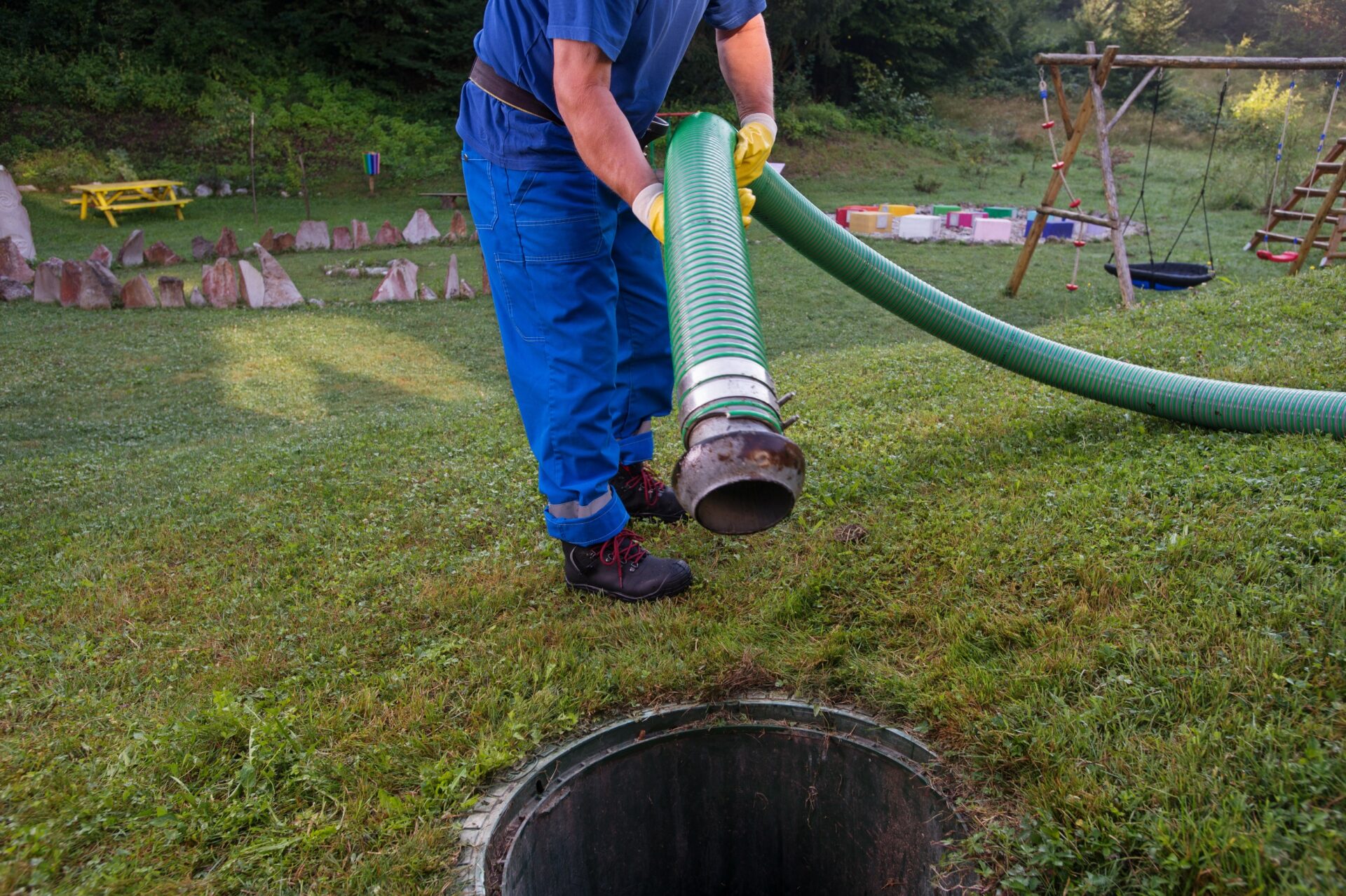Table of Contents
A septic tank needs to be inspected and pumped regularly. But it also requires responsible waste disposal. Some household chemicals like disinfecting cleaners or bleach kill the bacteria in a septic system, causing costly problems.
Wet wipes, tissues, and coffee grounds should never be flushed (only toilet paper is acceptable). There are several types of Septic Tank Treatment including powders, liquid, and pods.
Inorganic Treatments
Septic tanks are simple onsite sewage systems used in areas with untreated groundwater and poor soil. They provide a moderate level of treatment by allowing solids to settle in the tank for anaerobic digestion and removal. Wastewater then flows to a drain field where bacterial degradation and further anaerobic decomposition occur in the soil. This process eliminates many problem criteria pollutants but does not remove all of them. Inorganic phosphorus in the septic tank effluent enters the soil and is available for uptake by plants and incorporated into organic matter. Inorganic phosphorus can also adsorb onto soil particles or be fixed to the surface of clay and silicate minerals such as iron, aluminum, and calcium. These processes can reduce phosphate movement into groundwater and surface water.
Additives that claim to help septic tank systems fall into three categories: inorganic compounds; organic solvents; and biological additives. Inorganic chemicals such as strong acids and alkalis, found in most commercial drain cleaners, disrupt bacterial decomposition within the tank and kill bacteria needed to maintain a functioning septic system. They also corrode concrete tanks and cause leaks in the drain field.
Organic solvents such as household degreasers dissolve fats, oils and greases and can be useful in reducing odor and helping to prevent clogs in the drain field. However, most septic tank additives, including septic tank yeast cultures, starter bacteria and enzymes, are unnecessary and can damage the septic tank and drain field.
Biological Treatments
If you’ve ever been to a wastewater treatment plant, you know that every gallon of water brought in has been contaminated by urine, feces and dirty laundry. This is the same for residential septic tanks, which hold waste from toilets, washing machines and dishwashers. This sewage goes into septic tanks to be treated, then into drain fields for further treatment and absorption into groundwater.
Companies sell several different types of chemical additives to septic tanks, including inorganic compounds, organic solvents and biological additives. Inorganic compounds are often strong acids or alkalis that are marketed to open clogged drains. These are bad for septic systems because they destroy the bacteria in the tank, stop the anaerobic digestion process and allow raw sewage to leak into drain fields and into groundwater. Organic solvents are degreasers that contain concentrated chemicals, such as chlorinated hydrocarbons (methylene or trichloroethylene). These can also kill the bacteria and corrode concrete tanks, causing leaks.
Biological additives introduce bacteria, yeast and enzymes to help a septic system thrive. These additives can be used as a starter agent for new systems, or to support overworked ones by replenishing bacteria populations that get killed by inorganic chemical treatments. Using the right septic tank additive can reduce odors, improve the health and performance of your septic tank, and extend the life of the septic system.
Pumping
It’s important to have your septic tank pumped at least once every three years. This will help to prevent the sludge that collects in the tank from reaching the point where it could block your drain field, and it will also reduce the amount of sewage that is discharged directly to nearby ditches or waterways (pollution).
To know when the time has come to have the septic tank pumped, you can have a professional inspector gauge the rate at which the scum layer fills up the tank, or simply wait until the sludge has reached 25 percent of its capacity. It’s also helpful to keep a record of when you have had the septic tank pumped, which will allow you to estimate how much longer it may take for the next cleaning.
It is not recommended that homeowners attempt to pump their own septic systems, as the equipment and materials required are dangerous and require specialized training. It is also important to make sure that animals (household pets and livestock like dogs, cats, horses) are kept away from the septic tank when it’s being pumped.
Some septic system service providers offer tank pumping services for a fee, as well as the disposal of solid waste that is removed from the septic tank. Depending on the company, the waste is often taken to be incinerated or sent to a sewage treatment plant where it can be used as fertilizer.
Inspection
Septic tanks require regular inspection. This includes a visual inspection and a full inspection, which is the one that requires digging up the septic tank lid. During the visual inspection, the inspector looks at the lid for cracks or other damage and checks the water level in the tank. He also checks the drain field for cesspool-like conditions and wetness or standing water that may indicate a clogged leach line or failure of the drain field to absorb wastewater.
The full inspection requires removing the septic tank lid, which is typically made of thick concrete and can be difficult to open. This inspection also includes a thorough search for cracks, which can be very costly if they allow effluent to escape the tank. The inspector also checks the baffles, which restrain and redirect the flow of incoming and outgoing wastewater inside the septic tank. If they are missing or broken, they can lead to scum clogs and backups.
The inspector then takes a closer look at the septic tank itself, examining the baffles, sludge level, and the condition of the float switch. He also checks the drain field for sogginess and green or black standing water, which can indicate a cesspool or mold. The inspector will also look at the septic system’s ‘D-box’ for damage to the outlet pipe and a check of its structural integrity.

